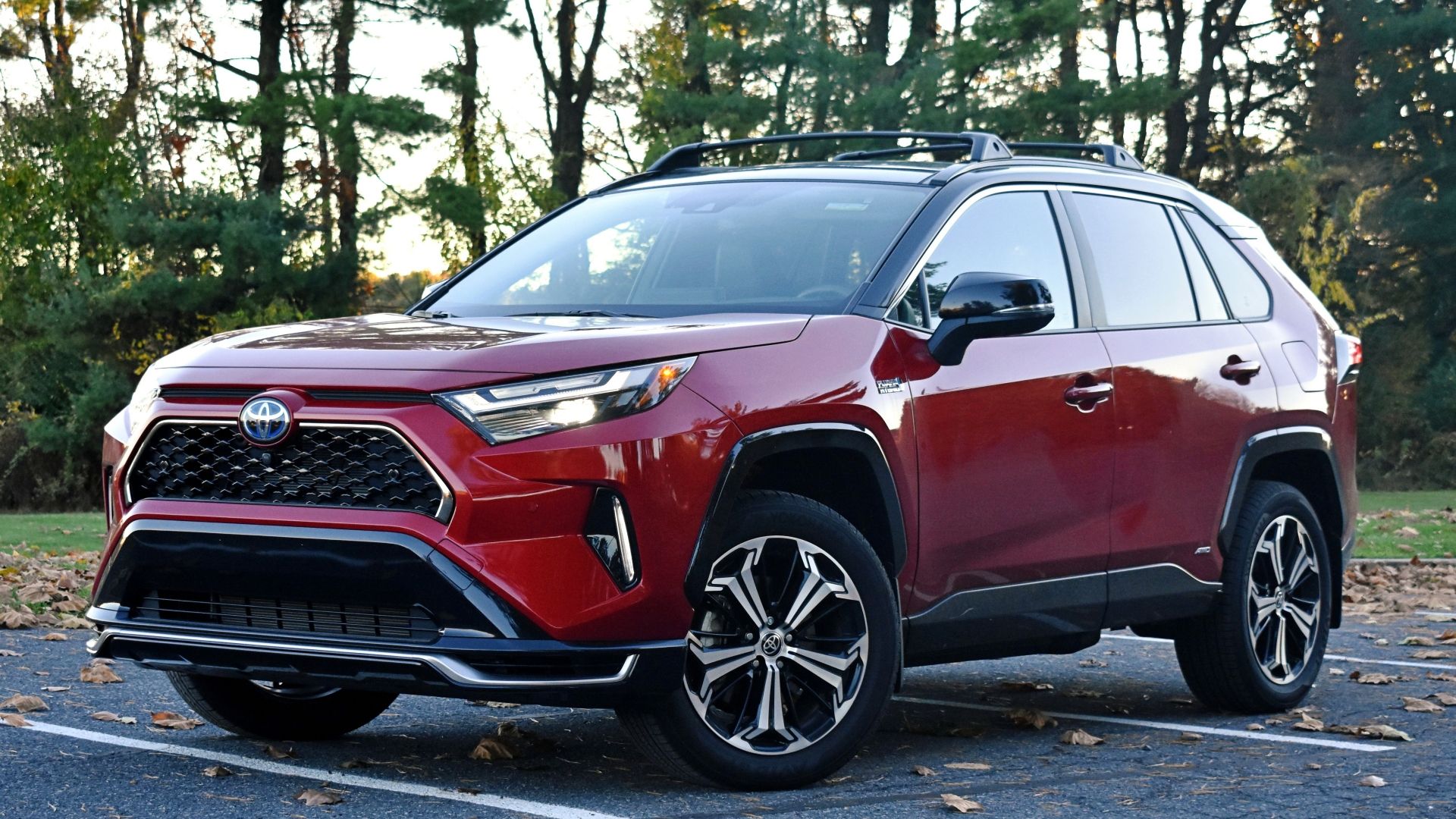The Toyota RAV4, a paragon in the compact SUV segment, has garnered an impressive reputation not only for its reliability and versatility but also for its fuel efficiency. As gas prices fluctuate and the focus on environmental sustainability escalates, the quest for maximizing miles per gallon (MPG) in your Toyota RAV4 has become a salient topic for both potential buyers and current owners. This article delves into the factors influencing fuel consumption, practical strategies for enhancement, and the underlying allure of efficiency in the automotive realm.
At first glance, the RAV4’s aesthetic appeal and advanced technology command attention, but one cannot dismiss the practicality of its fuel economy. The conventional gas-powered RAV4 models and the hybrid editions exhibit different efficiencies, with the latter often touted for its stunning capabilities to sip fuel rather than guzzle it. The 2023 Toyota RAV4 Hybrid, for instance, has been reported to deliver an impressive estimated MPG of around 40 in city driving scenarios and 38 on the highway. Such figures invite you to explore the mechanics behind this efficiency.
Understanding the propulsion systems is imperative. The RAV4’s hybrid models seamlessly integrate a gasoline engine with electric motors, employing a sophisticated energy management system. This not only reduces emissions but also allows the vehicle to operate in electric-only mode at lower speeds. Considering this hybrid synergy, it becomes evident that the marriage of electric propulsion with combustion technology embodies the RAV4’s commitment to maximizing fuel endurance.
But how can owners harness this efficiency? A multitude of elements influences fuel usage, and awareness can lead to smarter driving habits. The first step toward optimizing MPG involves understanding the significance of driving style. Soft acceleration and deceleration can contribute to a more economical driving experience. Rapid acceleration and aggressive driving can spike fuel consumption significantly. Embracing a gentle, measured approach to driving fosters better fuel efficiency—transforming the RAV4 into a veritable marvel of economical commuting.
Maintenance is another cornerstone of efficiency. Routine check-ups are imperative. Simple tasks such as maintaining proper tire pressure, changing air filters, and adhering to scheduled oil changes can dramatically improve fuel economy. Underinflated tires not only compromise safety but also contribute to dragging, which exacerbates fuel consumption. Tire pressure should always be checked regularly and adjusted according to manufacturer recommendations.
Weather conditions and terrain play pivotal roles in fuel efficiency as well. The RAV4 is a versatile vehicle designed for a variety of environments, but driving uphill versus on flat terrain influences MPG numbers. Similarly, one should be cognizant of the impact that temperature has on hybrid vehicles. Cold weather can necessitate the use of engine warmth, leading to temporary increments in fuel consumption. Adapting driving habits to align with seasonal quirks can further optimize performance.
Utilizing the technology available in the RAV4 is vital for enhancing fuel efficiency. The vehicle’s onboard tools and features can aid drivers in making informed decisions. The Eco Mode driving feature, for instance, alters throttle response for enhanced fuel savings by limiting the engine’s power output. Additionally, the built-in hybrid system monitor visually represents real-time fuel economy, encouraging behavior that aligns with greater efficiency.
Speaking of technology, another underappreciated component of the RAV4’s efficiency is its aerodynamics. The sleek exterior design is not merely for aesthetic appeal; it significantly reduces drag, thereby allowing for a smoother ride. The engineers honed in on design elements that facilitate airflow around the vehicle, mitigating resistance and optimizing fuel consumption. Fascination with such intricate engineering details underscores why car enthusiasts gravitate towards models like the RAV4—it’s a testament to the marriage of art and science.
Nevertheless, emotional considerations also drive the affinity toward fuel-efficient vehicles. The peace of mind that comes with knowing your RAV4 is reducing its carbon footprint or the financial security provided by lower fuel costs resonates with many consumers today. It’s not just about a mere means of getting from point A to point B; it’s a conscious choice that encapsulates values of responsibility and foresight.
Lifestyle can also dictate fuel strategies. Urban dwellers may benefit from a different set of practices compared to those in rural areas. Frequent short trips in urban settings can lead to higher fuel consumption. Embracing carpooling or utilizing public transportation for shorter excursions could dramatically enhance overall fuel efficiency statistics for those living in highly populated environments. Implementing these strategies can also foster community interaction, thereby combining convenience with environmental consciousness.
Lastly, understanding the total cost of ownership (TCO) is crucial when assessing the true value of a vehicle. The RAV4’s fuel efficiency significantly contributes to a lower TCO, as both the hybrid and gasoline variants generally boast strong resale values and efficient fuel consumption. Over time, this translates to substantial savings, bolstering the notion that investing in a RAV4 is not merely a purchase—it’s a financial strategy.
In conclusion, maximizing miles per gallon in your Toyota RAV4 is an amalgamation of thoughtful driving habits, diligent maintenance, and an appreciation for the ingenious engineering at play. As the automotive landscape continuously evolves, the fascination with fuel efficiency will undoubtedly remain a prominent theme, captivating both enthusiasts and everyday drivers alike. Embracing the challenge of extracting the utmost fuel economy from your RAV4 not only enriches the driving experience but contributes to a broader narrative of sustainability in the automotive world.
